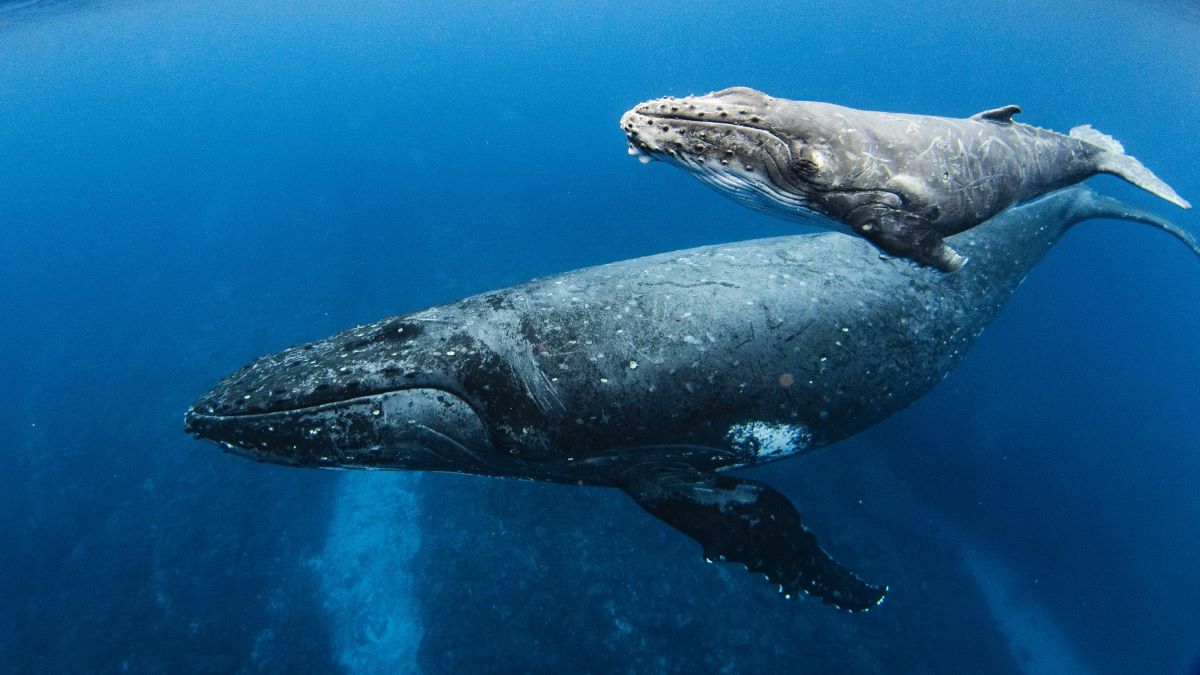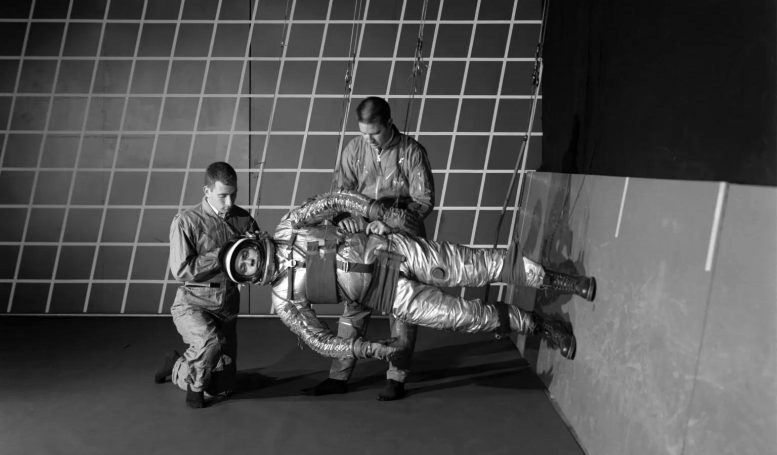
Drones are no longer just tools for photographers or hobbyists; they’re becoming smarter and more capable of working in groups.
Autonomous drone swarm technology is one of the most exciting advancements in robotics and artificial intelligence.
Imagine hundreds—or even thousands—of drones working together like a flock of birds or a swarm of bees. These swarms can achieve complex tasks that single drones could never do alone.
At the heart of this technology is the idea of coordination. In a drone swarm, each drone operates independently but also communicates with others to work as a team. This requires advanced AI systems that can process information quickly and make decisions in real-time.
Researchers often draw inspiration from nature, studying how animals like ants, fish, and birds coordinate their movements without a leader. By mimicking these behaviors, engineers have created systems where drones can collaborate without direct human control.
One groundbreaking example of this technology comes from a study at Harvard University, where scientists developed a swarm of tiny drones called “RoboBees.” These drones were designed to fly in formation and perform tasks like pollination or environmental monitoring.
In another example, researchers at the University of Pennsylvania created swarms that can navigate through tight spaces, such as forests or urban environments, by avoiding obstacles and adjusting their paths automatically.
Military applications have also driven innovation in this field. Swarms of autonomous drones can perform reconnaissance missions, deliver supplies, or even overwhelm enemy defenses. In 2021, the U.S. Department of Defense successfully tested a drone swarm system called Perdix, where drones demonstrated the ability to collaborate and adapt to changing situations mid-mission.
Similar advancements are being explored in other countries, showcasing the global race to perfect this technology.
Outside of the military, drone swarms are being used in disaster response. For example, after natural disasters like earthquakes or hurricanes, swarms can search for survivors by covering large areas quickly.
They can communicate with each other to divide tasks, such as scanning specific zones or relaying information back to rescue teams. This is far more efficient than using a single drone or relying solely on human teams.
The entertainment industry is another place where swarms are making an impact. Drone light shows, where hundreds of drones perform synchronized movements to create stunning visuals, have become a popular spectacle at events like the Olympics and New Year’s celebrations.
These displays are possible because of advanced algorithms that allow drones to maintain precise positions while avoiding collisions.
However, creating effective drone swarms comes with challenges. Ensuring that drones can communicate reliably is a major hurdle, especially when there are hundreds of them in the air. Battery life is another limitation, as drones still rely on relatively short-lasting power sources.
There are also ethical concerns about how swarms might be used, particularly in military and surveillance applications.
Autonomous drone swarms are a glimpse into the future of robotics, showcasing how machines can learn to cooperate and solve complex problems together.
Whether in rescue missions, farming, or entertainment, this technology is set to revolutionize the way we use drones, making them more efficient and versatile than ever before.
Copyright © 2025 Knowridge Science Report. All rights reserved.








Leave a Comment